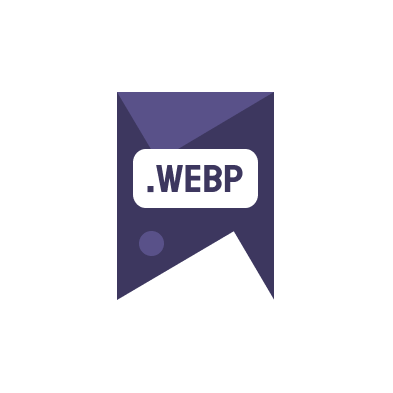Choosing the right CDNs for images can drastically improve your website’s loading times, SEO ranking, and user experience. In this guide, we’ll compare Cloudinary, ImageKit, and the option of hosting images on your own server.
Why Use CDNs for Images?
Using a CDN (Content Delivery Network) to manage images is crucial for modern websites. CDNs reduce the load on your server, speed up the page loading time, and provide a global distribution network to serve images closer to users.
Cloudinary: Comprehensive Image Management
Cloudinary offers an extensive set of tools for image optimization and manipulation. It automates image resizing, cropping, and format selection based on the user’s device, improving loading times and the overall user experience.
- Automatic image optimization
- Advanced image analytics
- Robust API for developers
ImageKit: Simplified and Efficient
ImageKit specializes in real-time image optimization and provides a more streamlined approach than Cloudinary. It’s particularly useful for websites that require fast performance and minimal setup.
- Real-time image processing
- User-friendly interface
- Integration with existing storage like Amazon S3
For more details on integrating ImageKit, check out their official documentation at ImageKit Features.
Hosting Images on Your Own Server
For those who prefer full control over their image data, hosting images on your own server is the way to go. This approach requires more setup and maintenance but offers unmatched flexibility and control.
- Maximum control over data
- Potentially lower costs
- Customizable setups
However, managing your own server requires a significant amount of technical skill and resources. Read Google’s SEO guide for best practices: SEO Starter Guide.
Comparing Costs and Benefits
When deciding between Cloudinary, ImageKit, and your own server, consider both the costs and the benefits. Cloudinary and ImageKit offer plans that scale with usage, making them ideal for startups and SMEs, while a personal server might be more cost-effective for larger organizations with high traffic volumes.
Interested in converting images to WebP format? Check out our guide on the best free online tools at ConverterWebP Blog.
Final Thoughts on Choosing a CDN
Each option for CDNs for images—Cloudinary, ImageKit, and personal servers—has its own pros and cons. Your choice should depend on your specific needs regarding budget, technical ability, and the scale of your operations.
Optimizing your images is a step you cannot skip if looking to improve site performance and SEO. Choosing the right CDN is fundamental in crafting a speedy, efficient, and user-friendly site.

